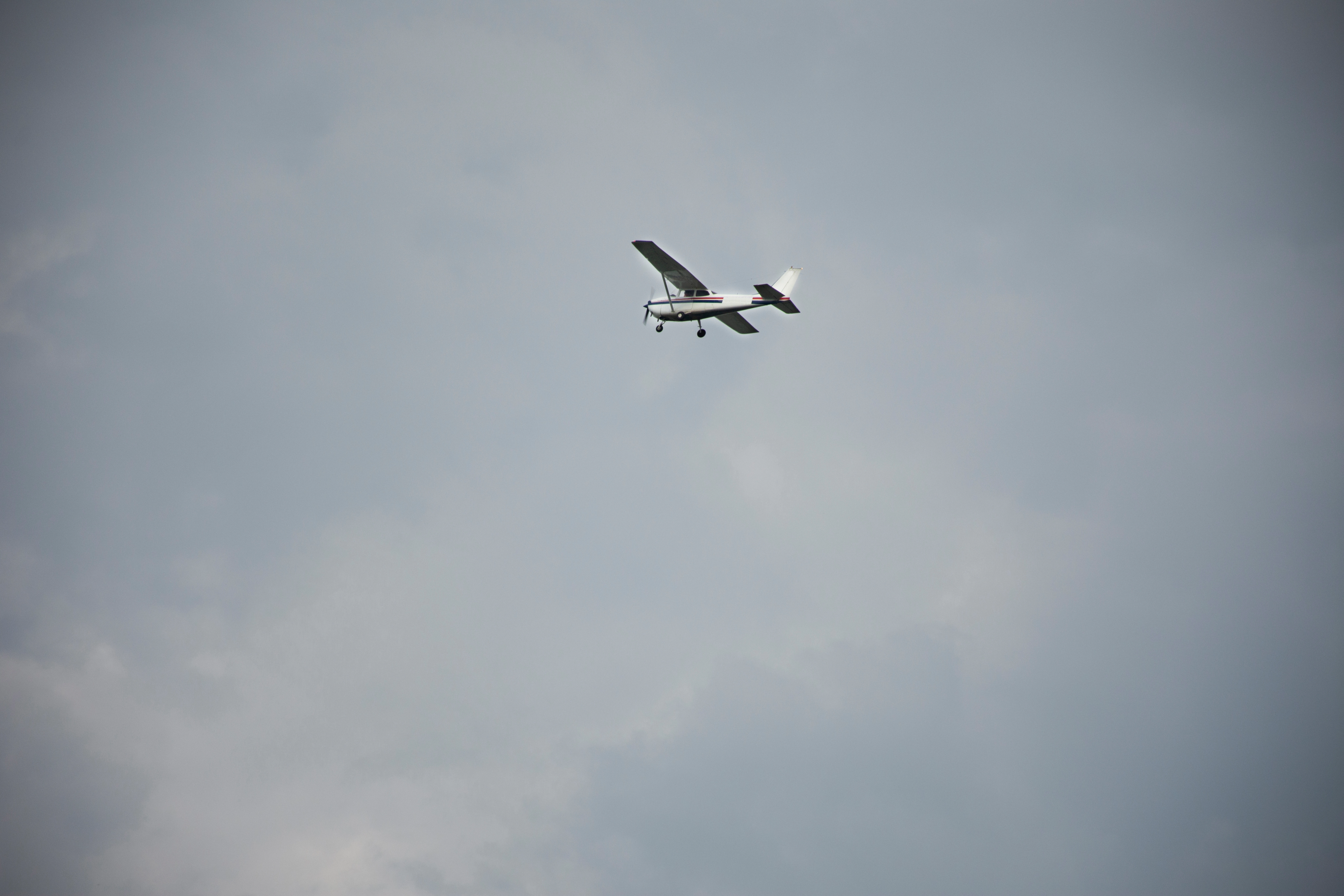Pay Attention to the Dew Point
Regardless of whether you are a VFR or IFR pilot, you should be concerned about the weather, particularly adverse weather.
Generally, you can think of adverse weather in a few primary categories.
- Surface winds
- Visibility
- Convective activity
- Ice
- Windshear
However, fly long enough and you know this is far from a comprehensive list of weather phenomena. Other elements can be critical to preparing for a flight in a particular region. For instance, volcanic ash is extremely corrosive and quickly damages aircraft components.
Even when forecasts indicate favorable conditions, a little knowledge about a lot of areas of the weather can be highly valuable when assessing risk factors that may affect a flight.
A Real-life Scenario
Ten years ago, I was the captain of an EMB-120 Brasilia, flying oil workers from Williston, North Dakota, to Denver, Colorado. The terminal area forecast (TAF) at KDEN was mild: unlimited visibility, scattered ceilings, and light winds. No alternate was required.
At the time, the Williston airport was a weight-restricted nightmare for the EMB-120. As such, we fueled for “destination plus 45” and no more.
Once over Denver, I was cleared for the visual to Runway 8. It was on the dark side of dusk. The lights of the airport twinkled clearly.
Around 10 miles out, the tower asked whether I still had the airport in sight. It looked like a cloud was forming between us and the airfield. I reported it. They canceled my visual and re-cleared me for the instrument landing system (ILS) approach to Runway 8.
As we got closer to the field, progressively more of the runway got hazy. The tower again inquired about what we saw, explaining that the runway visual range (RVR) for 8 suddenly was reporting 1800 feet. I quickly realized the “cloud” in front of me was ground fog.
We already had less than 45 minutes of fuel on board. Runway 8 entailed an additional 50 nautical miles (nm) worth of flying for arrivals from the west. With unlimited visibility, I had not been too worried about it. However, with fog swallowing the runway whole, concern began to creep in.
In this scenario, a go-around close to the runway would be bad. If the fog hit the rest of the airport, the vectors would take us to the brink of fuel starvation. As we got closer, the RVR went down to 1000. Our minimums in the EMB-120 were 1800. “Mayday” tickled the back of my throat.
We were inside the final approach fix and legal to continue. When we reached the decision height (DH), we were above a thin layer of fog. I could make out the fuzzy rabbit of the runway strobe. We descended into the layer. I experienced a dizzying sensation of pitching up, but I maintained aircraft attitude. Only a few seconds passed from when we descended into the fog until we touched down.
The tower asked for a pilot report after we landed. I told them it was patchy and rapidly deteriorating. If I had to put a finger on it, the reported RVR had been right. We parked at the gate, and I poured over the paperwork to see what had happened. How had a three-hour-old TAF gotten the weather so wrong?
Debrief
I quickly latched onto the fact that the temperature/dew point spread was split by one lonely degree. This was not in the TAF, which does not forecast the dew point or the temperature. It was on the meteorological aerodrome report (METAR), which was nearly four hours old when we landed.
It was approaching evening, which (of course) meant the temperature was dropping. This setup eventually resulted in airmass saturation, which, remarkably, seemed to radiate out from the threshold of the runway assigned to me.
By the time we got to the gate, we were in the clear once again. One lonely mile of ground was affected. The weather forecasters had not gotten it entirely wrong. In reality, there was almost no fog in Denver that night.
Where the temperature and dew point meet, you find a cloud. On the ground, we call it fog. It has a way of messing with an approach, even for a perfectly qualified IFR pilot.
The Bottom Line
Forecasters know more about the weather than you do. You should trust their reports when making go/no-go decisions.
Live long enough, and it becomes clear that weather reports for a specific geographic area (i.e. an airport) are nothing more than an educated stab at uncertainty. The TAF is not written in stone. Airmasses sometimes do funny things.
More than once, I have seen a TAF that contradicts the current METAR. Almost without fail, it will quickly be updated to “forecast” the weather that the field is currently experiencing. It is funny to notice it while on the ground. It is more serious when you wind up in the middle of it during an approach.
Understanding the basics of a range of weather circumstances is critical. A tight temperature/dew point spread, for example, is a fairly common phenomenon, but it nonetheless represents a threat. Adverse weather, after all, is typically produced by a saturated air mass.
Even if the TAF is clear, some extra fuel can be a good idea. Similarly, large-scale airmass disruptions (in the form of fronts) can disrupt weather over a large area. Penetration is not always possible. When you choose your alternate, make sure it is on a side of the front that is accessible to you. Technical understanding of weather phenomena is not the most fascinating part of aviation, but it remains one of the most critical skills for a pilot to master.
Share this
You May Also Like
These Related Articles
.png)
When VFR Is Not VFR

VFR Not Recommended
